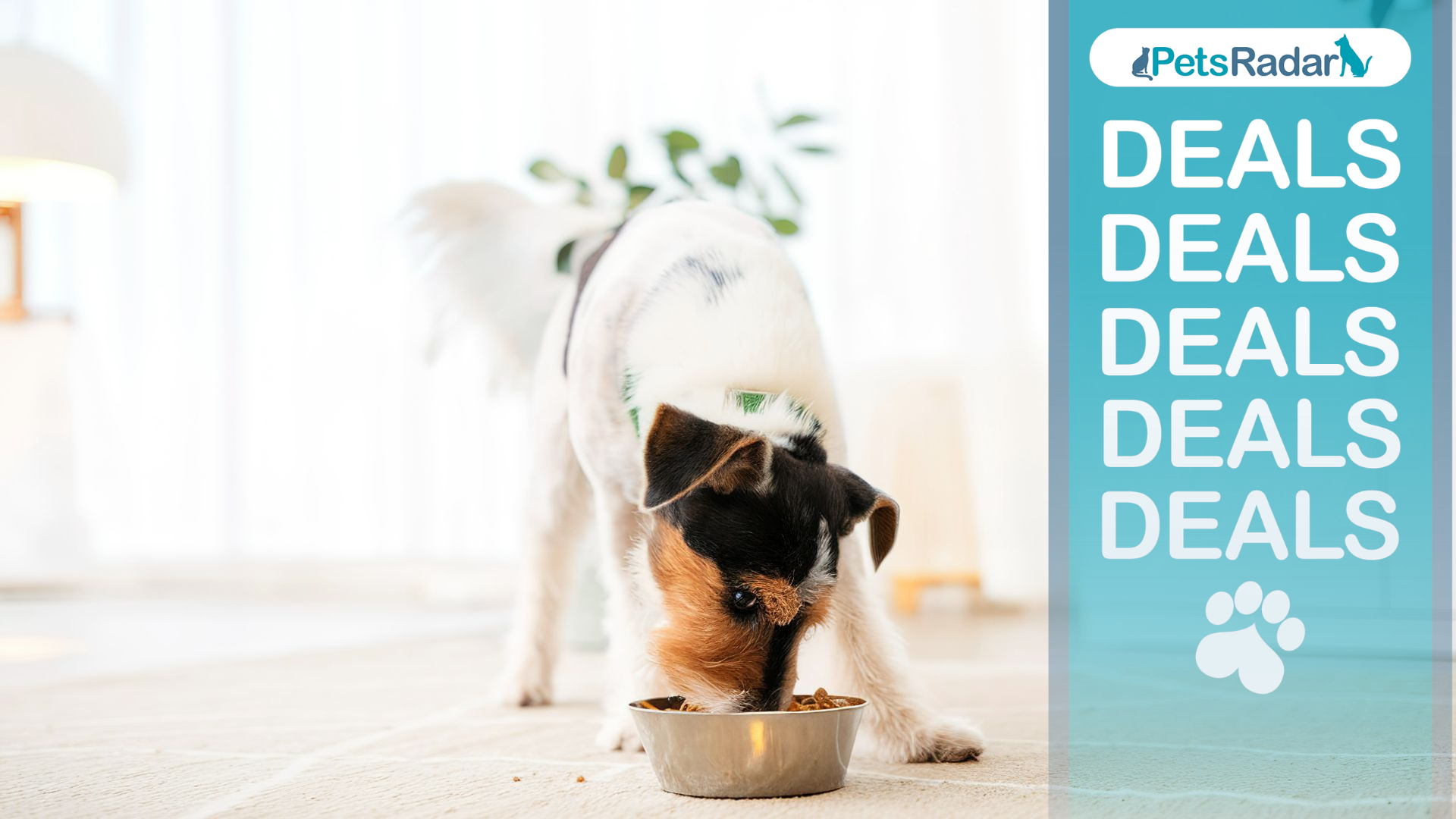Reactivity doesn’t have to last forever, trainer reveals how to put a stop to it in just three steps
Trainer shares her three-step process for tackling reactivity — and it works!

Not only is reactivity a seriously stressful state for your dog to be in, as you're probably already well aware, it's not a lot of fun for you to live with either.
How to calm a reactive dog is one of the most common questions expert trainers and behaviorists get asked, and thankfully, certified award-winning trainer Lisa Burton has plenty of answers.
"Extreme reactivity doesn't have to last forever," she says. "Once you understand why your dog is reacting and the factors that influence his reaction, you are on your way to transforming your daily dog walks for the better."
In order to help you manage your dog's reactivity, Burton has shared a helpful post to Instagram in which she reveals the three key components you'll want to include in your reactivity training plan to supercharge your success rates.
Keep reading to find out what they are...
A post shared by Lisa | Award-Winning Dog Trainer & Course Creator (@listendogtraining)
A photo posted by on
1. Master arousal
"Stress in dogs has such a monumental effect on every aspect of your dog training, and yet it is so often overlooked by owners when it comes to trying to deal with problem behaviors," explains Burton.
"Getting to grips with your dog's arousal level is critical to success when working with reactivity. Dogs who spend a lot of time in high arousal are more prone to react and unable to think as effectively as dogs who are calm."
PetsRadar Newsletter
Get the best advice, tips and top tech for your beloved Pets
2. Grow optimism
"Your dog's reactive outbursts are his method of providing reinforcement for himself when faced with what he perceives to be a negative situation," explains Burton.
"Build your dog's confidence and optimism in the face of reactivity triggers, so that a previously negative association (that required the dog to regulate with reactivity) can over time become a neutral or positive association, and delivers reinforcement for the dog without reactive behavior."
3. Your management toolkit
"What gets rehearsed, gets repeated. To tackle reactivity it's important to limit the rehearsal of any unwanted behaviors or responses your dog currently chooses upon exposure to triggers," Burton advises.
"Training clever transition and distraction cues will enable you to do this in real-life scenarios, whilst you work on growing optimism in controlled training sessions."
Reactivity can be incredibly challenging to deal with, but with time, patience, and consistency, it can be overcome.
If you feel that you and your pup would benefit from some extra advice and guidance around this issue, we recommend reaching out to a qualified trainer for support.

Kathryn is a freelance writer who has been a member of the PetsRadar family since it launched in 2020. Highly experienced in her field, she's driven by a desire to provide pet parents with accurate, timely, and informative content that enables them to provide their fur friends with everything they need to thrive.
Kathryn works closely with vets and trainers to ensure all articles offer the most up-to-date information across a range of pet-related fields, from insights into health and behavior issues to tips on products and training.
When she’s not busy crafting the perfect sentence for her features, buying guides and news pieces, she can be found hanging out with her family (which includes one super sassy cat and a kitten), drinking copious amounts of Jasmine tea and reading all the books.
She has written for a range of publications, including Fit&Well, Top Ten Reviews, LiveScience, Goodto, and Product Hunt.
